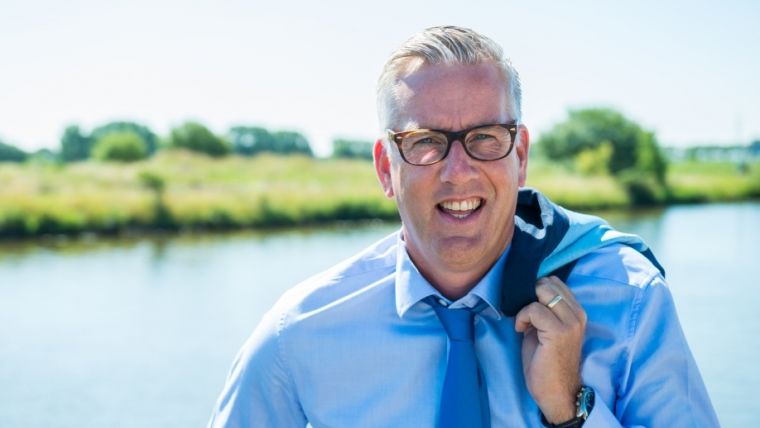Diversified and Strong
Returning from Oceanology International 2016 after a hectic week at Excel, I took some time to reflect on all the conversations I had in London with many of our readers and business relations over the course of the show. It left me with mixed feelings. It has been a rough sea for many of the companies in our business. The sudden dip to a longtime record low oil price in November 2014 resulted in a difficult business year 2015 for most of them. Oil & gas companies have suddenly pushed back lots of projects, not getting back the profits they had expected after heavy investments in the years before. Major cutbacks and lay-offs being the logical answer to that. The effect on suppliers in the chain are just as immense and the number of survey jobs also decreased. 2015 has been, for many of the companies in the hydrographic business, one of the worst of the last decades. Because it’s not just the oil price, remember… tensions on the stage of world politics are making international business unstable, sometimes even impossible with economic boycotts in place and economic crises putting enormous pressure on prices. And it doesn’t look like the oil business will gain ground again any time soon because the driving forces have changed for good.
So much for the bad news. On to the good news. As always, a disruptive period like the one we have had since the autumn of 2014 serves as a wake-up call as well; after the shock comes adaptation, anticipation and then, hopefully, innovation. I sensed a lot of anticipation during my talks in London. Shifting business focus (or dependence) from the oil and gas industry to offshore renewables is of course one of the most seen in hydrography. Renewables, and then mainly offshore wind parks, are on the agenda of most governments of coastal states in Europe (however, less the case in the United States though…). Other renewable sources of energy are in a somewhat earlier stage and having less impact on hydrography, but early adapters are certainly looking into tidal energy and even deep-sea exploration for alternative ways of energy like hydrothermal vents. Reinventing products – smaller, cheaper, and new production methods – faster, smarter and cheaper are another way to be better prepared for new markets. In other words, adjusting your business model to new times. I saw quite a few companies on the show floor taking that road.
It is never easy to adapt after a shock has hit you. Anticipating and innovating is even harder. But looking at the balance of the mixed feelings, I think, looking back at Oceanology International 2016, that optimism and resilience set the tone. And this is the good news! Hydrography will show a different, but more diversified and stronger face in the future.
Durk Haarsma [email protected]

Value staying current with hydrography?
Stay on the map with our expertly curated newsletters.
We provide educational insights, industry updates, and inspiring stories from the world of hydrography to help you learn, grow, and navigate your field with confidence. Don't miss out - subscribe today and ensure you're always informed, educated, and inspired by the latest in hydrographic technology and research.
Choose your newsletter(s)
























